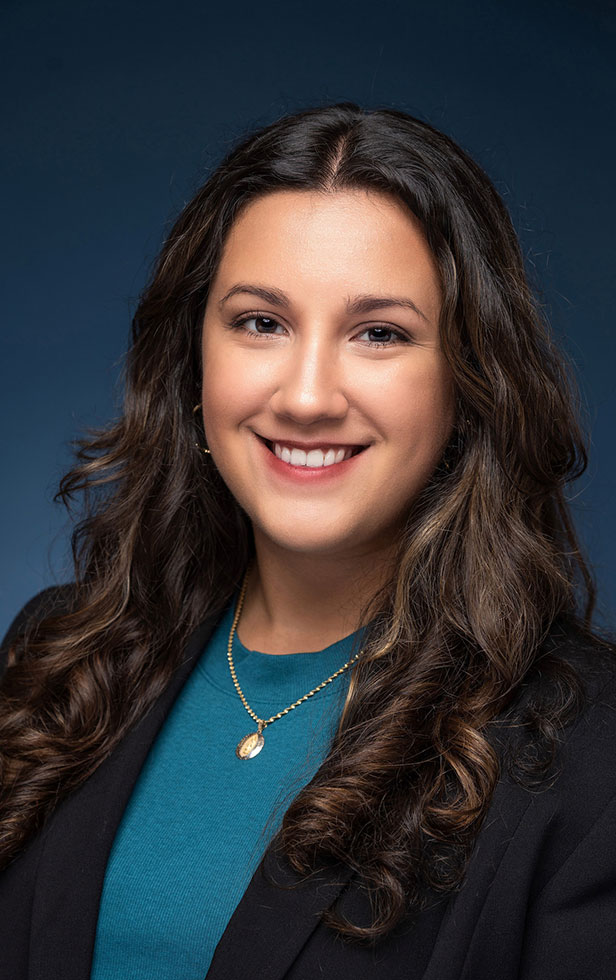By Miranda Spindt
LRB 4274 introduced by Representative William Penterman would allow educator preparatory programs (EPPs), such as universities, to introduce a “2+2” teacher apprenticeship model to address the teacher shortages we face in Wisconsin. This pathway is a promising alternative to the traditional teacher licensure pathway that has not been meeting the demand for teachers. At its core, this model seeks to provide would-be teachers with greater experience before becoming fully licensed, which removes barriers to entering the teaching profession and makes them better prepared to enter and stay in the field.
In the “2+2” teacher apprenticeship model, the first two years of a bachelor’s degree in education would be filled with education major courses rather than general education courses. Then students can earn their general education credits through their teacher apprenticeship in the second two years. The Institute for Reforming Government published a paper discussing this model at length, and they have been instrumental in the process of creating this bill. Under LRB 4274, EPPs can still offer a conventional program that involves two years of general education requirements, two years of education major requirements, and just one semester of student teaching. However, the superintendent could approve programs with a student teaching requirement for up to four semesters, giving EPPs the flexibility to create a program that works for them.
Additionally, the bill mandates the Department of Public Instruction (DPI) to establish an apprenticeship program for students engaging in more than one semester of student teaching. The legislation also emphasizes the importance of tracking the scores of required teacher certification tests to ensure the quality of apprenticeship programs.
This comes at a time when school districts in Wisconsin and across the United States have been struggling to meet the growing challenge of finding and retaining qualified teachers. Between 2005-06 and 2018-19, the number of bachelor’s degrees in education in declined by 22% nationally. In Southeast Wisconsin alone, completed education degrees and certificates decreased by 12.9% from 2011 to 2019. Interest in entering the profession is dwindling in the face of high student loan debt with modest starting salaries, and a lack of preparedness when first entering the classroom leads to a 44% teacher turnover rate within the first five years—disrupting student-teacher relationships and impacts academic success. At the start of the 2022-23 school year, notable districts like Milwaukee Public Schools, Madison Metropolitan School District, and Racine Unified School District faced significant teacher vacancies.
The traditional pathway to becoming a teacher involves obtaining a four-year education degree, and a graduate degree or additional certification for some, which can deter potential educators due to the associated costs and time commitment. Teacher apprenticeship programs offer an innovative solution. They can provide a pathway for those in other professions like paraprofessionals, career-changers, and community members to enter the field, creating a diverse pool of educators in the process.
Tennessee successfully implemented a teacher apprenticeship program using federal relief funds. With $2 million in grants in 2020 and an additional $4.5 million in 2021, the state supported 65 teacher apprenticeship partnerships between EPPs and school districts. Examples like Austin Peay State University’s three-year apprenticeship program, offering paid full-time work and accelerated classes leading to a bachelor’s degree, showcase the success of this model. Their first district partner, Clarksville-Montgomery County School System, is on track to completely eliminate their teacher vacancies because of the apprenticeship. While the structure of the “2+2” model is different, this shows promise for the future success of teacher apprenticeships in Wisconsin.
By considering and implementing GYO Teacher Apprenticeship Programs, the state can address this challenge, creating a diverse pool of well-prepared educators and fostering a sustainable solution for the future. Legislators, school district leaders, and educators should collaborate to explore and support this innovative pathway, ensuring a brighter future for both aspiring teachers and students.

Miranda Spindt
Policy Associate